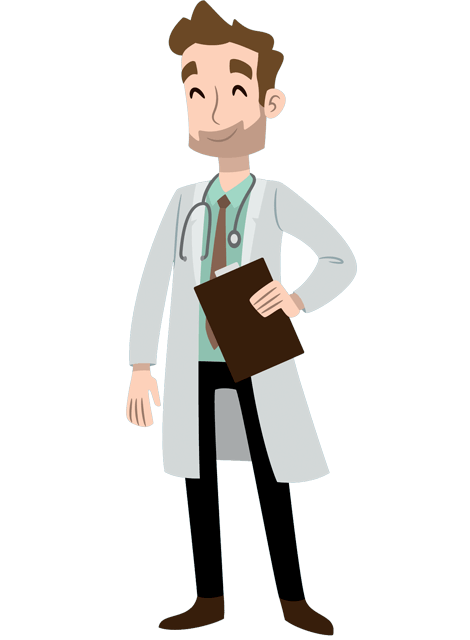Also known as
CD148
Other names
N/A
Category
Antibodies

CD148
N/A
Antibodies

Mnoclonal antibodies
N/A
N/A

N/A
Monoclonal
IgG1, k

A3
Mouse (Mus musculus)
Human (Homo sapiens)

Human (Homo sapiens); Due to limited knowledge and inability for testing each and every species, the reactivity of the antibody may extend to other species which are not listed hereby.
Recognizes human CD148.; Since it is not possible to test each and every species our knowledge on the corss reactivity of the antibodies is limited. This particular antibody might cross react with speacies outside of the listed ones.
Affinity Purified by immunoaffinity chromatography.

Supplied as a liquid in PBS, pH 7.2, 0.09% sodium azide.
500ug/1000ul
Store the antibody at +4 degrees Celsius for short term storage.. Aliquot to avoid repeated freezing and thawing. For optimal long term storage, the antibody should be kept at -20 degrees Celsius. Aliquots are stable for at least 12 months. For maximum recovery of product, centrifuge the original vial after thawing and prior to removing the cap.

Western Blot (WB), Immunoprecipitation (IP), Immunohistochemistry (IHC), Flow Cytometry (FC/FACS). Other applications have not tested.
If you buy Antibodies supplied by MBS Monoclonals they should be stored frozen at - 24°C for long term storage and for short term at + 5°C.
High and low density proteins are supplied by MBS Monoclonals in volumes of 1. Other densities are possible.The receptors are ligand binding factors of type 1, 2 or 3 and protein-molecules that receive chemical-signals from outside a cell. When such chemical-signals couple or bind to a receptor, they cause some form of cellular/tissue-response, e.g. a change in the electrical-activity of a cell. In this sense, am olfactory receptor is a protein-molecule that recognizes and responds to endogenous-chemical signals, chemokinesor cytokines e.g. an acetylcholine-receptor recognizes and responds to its endogenous-ligand, acetylcholine. However, sometimes in pharmacology, the term is also used to include other proteins that are drug-targets, such as enzymes, transporters and ion-channels.

anticorps
